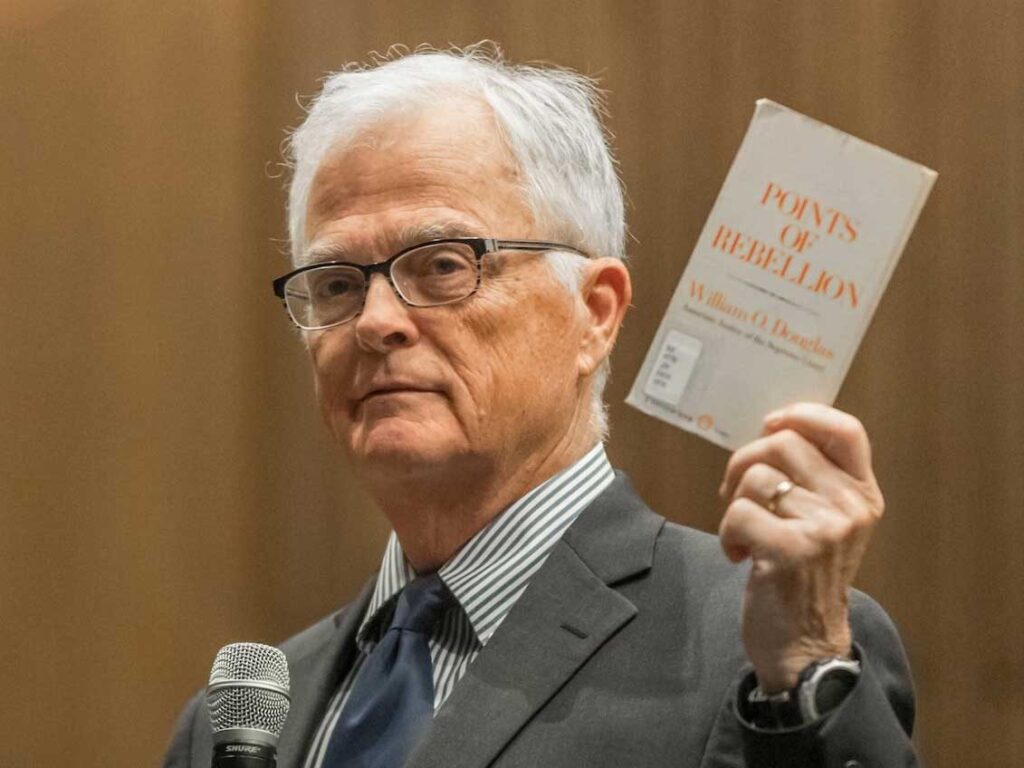Bartz v. Anthropic: Class Certification at Issue for Book Authors in AI Copyright Litigation
Back in October, I asked a simple but unresolved question: “Who represents you in the AI copyright suits?” Now, eight months later, we’re getting closer to an answer—at least for some authors. In Bartz v. Anthropic, one of the fastest-moving lawsuits over the use of copyrighted works to train generative AI systems, the plaintiffs have asked the court to certify a class of authors whose books were allegedly copied without permission.

